|
I think there are a lot of people who wake up for urination if you are more than 50s. If you wake up only once for urination and can go back to sleep easily, there is not much problems. But if you wake up frequently for urination, your sleep is disturbed and you should not feel rested when you get up in the morning. If you are one of them, please try the following Hand Therapy. Where you need to press is 3 points on your hand. 1. Bladder reflection point 2. Diencephalon (a part of the brain) reflection point 3. Ovary and Testicle reflection point Press each point for 7 seconds, 3 times and 3 times a day. It is good to feel some tenderness or pain at the points. Why I want to share this hand therapy is I tried and definitely I felt the effect. If you are suffering from waking up for urination, please try!
1 Comment
The connection between the bladder and the urinary tract is supposed to be closed so that urine doesn’t leak even if pressure is applied to the abdomen. But when the blander is prolapsed, the connection is open so that urine easily leaks if a little bit of pressure is applied to the abdomen (Fig. 1 & 2). Fig. 3 shows the actual moment of urinary leakage.
The bladder of a woman with uncomfortable feeling in the lower abdomen all the time like a pin-pong ball is stuck is deformed as shown in Fig. 4. In the process of evolution, human pelvis became wider and the hole became bigger because the head of human babies that were born became big, so the internal organs tend to be prolapsed. But there is the pelvic floor muscle that supports the internal organs. If the pelvic floor muscle is damaged by something like a childbirth, the muscle becomes loose and the bladder lowers and is deformed. In France, there aren’t too many people who have urine leakage. Why? Because the exercise blowing up a balloon is recommended and performed. When blowing up a balloon, the diaphragm goes up and the pressure to the pelvic floor muscle decreases so that it makes easier to tighten the anus and contract the pelvic floor muscle. Internal Organ Lift-up Exercise (1) It is important to focus where you move, which is the muscle of the anus used for holding your gas (Fig. 7-1). (2) Before moving the muscle, relax your body and inhale slowly (Fig. 7-2). (3) Tighten the muscle around the anus, exhaling slowly. At the beginning, try for 3 seconds (Fig. 7-3). (4) Relax after exhaling. Try to do this exercise for 10 reps as 1 set, more than 2 sets a day. (5) You can do this exercise with sitting or lying, too. If you continue for 3 months, you can feel the effect (Fig. 7-4). As a result of the exercise to tighten the anus for 1 month, the form of the bladder was improved as shown in Fig. 5 and the discomfort in the lower abdomen gradually decreased. However, people whose pelvic floor muscle can’t contract due to the problem of the nerve need to consult a specialist for whether or not a surgery is necessary. Prevention The causes to loosen the pelvic floor muscle: Constipation, Pollen allergy/Asthma, Childbirth, Obesity (raise the abdominal pressure) Experience of prostate surgery (male) (damage of the nerve) When you strain to pass stools, it is effective to raise your arms above in order to lower the abdominal pressure because raising the arms enlarges the abdominal space (Fig. 6). When you lift up heavy things, straightening your back lowers the pressure to the pelvic floor muscle. What is the cause of leakage of urine and frequent urination?
The major cause is looseness of the pelvic floor muscle, which is loosened by a childbirth, aging or other reasons (Fig. 1). The looseness of the pelvic floor muscle starts at the age of 40s in the case of women and at the age of 70s in the case of men. With aging, the amount of urine being able to be stored decreases and the ability to hold urine declines. Check the risk of leakage of urine and frequent urination
If more than 3 clauses are applied, you need to be careful. If more than 5 clauses are applied, there is a possibility that your kidney or bladder has some problems. What is the relationship between constipation and leakage of urine? The pelvic floor muscle, which supports the organs under the pelvis, controls both urination and bowel movements. Since constipation tend to weaken the pelvic floor muscle, there is a high possibility that leakage of urine or frequent urination occurs with aging. Food to avoid if you have leakage of urine and frequent urination Hot spicy food such as horseradish (Wasabi), chili pepper, etc. should be avoided (Fig. 2). Fermented food such as cheese, yogurt, Kimchi, natto, etc. should be avoided (Fig. 3). According to a research, tyramine contained in fermented food is a type of amino acid and has the function to stimulate the bladder by exciting the nerves. How to improve leakage of urine and frequent urination other than food It is a good training for your bladder that you hold urine for a while when you desire to urinate. It is important to control the frequency of urination within 4 to 8 times a day. Exercise to prevent and improve leakage of urine and frequent urination (1) Step forward with one leg, putting your hands on your hips. (2) Repeat (1) 3 times and at the third time, keep the posture for 3 seconds. (3) Lower your body 3 times, exhaling strongly with saying “Ha, ha, ha”. (4) Do (1) to (3) for another leg. It is effective to do this exercise 5 sets a day and once getting used to it, 10 sets a day. This exercise tightens the pelvic floor muscle and improve leakage of urine and frequent urination. The treatment method is to suppress the abnormal shrinkage of the bladder by stimulating the nerve of the bladder that has become sensitive to the desire of urination and to return the bladder to the normal state.
Where should be stimulated? The nerve of the bladder extends to the bottom of the foot. So if you stimulate the bottom of the foot by stepping or other methods, the signal is transmitted to the bladder, and the substance to suppress the bladder that has become sensitive is secreted and returns the sensitive bladder to the normal state. Stepping on something like a bamboo cut in half is good to stimulate the bottom of the foot. Stepping on it for 3 minutes in the morning and at night is recommended. You can get similar things in eBay if you search for "bamboo foot massage".
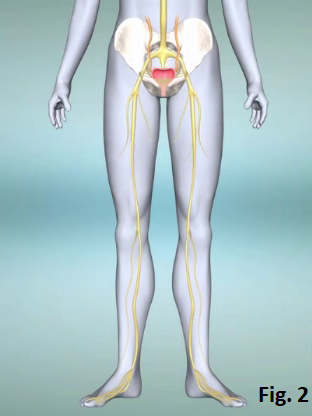 According to a guide line, if you urinate more than 8 time during daytime, you are diagnosed with frequent urination. That is urinating about every one and a half hour. During night time, even if you urinate once, you are diagnosed with nocturia (night urination). However, if you need to urinate because of drinking large amount of water, it is not regarded as frequent urination. When it is cold, urinating frequently is caused by the stimulation of coldness. Some of frequent urination are caused by brain disorders, but most of frequent urination is considered as being caused by aging. Difference of bladder between people with frequent urination and people without frequent urination People with frequent urination have a desire to urinate even if only small amount of urine is accumulated with aging (Fig. 1). How to improve frequent urination Bladder is a bag made of muscles. When urine goes into it, the bladder expands like a balloon and urine is accumulated. When a certain amount of urine is accumulated, the nerves around the bladder transmits a signal to the brain. The brain transmits a desire to urinate to the bladder and urination occurs. However, aging makes the nerves around the bladder too sensitive and desire to urinate is caused by accumulation of small amount of urine. Therefore, frequent urination with aging is caused by the malfunction of the nerves around the bladder. The nerves around the bladder controls not only the bladder but also the anus and the urinary tube, and they go down to the toes and control the movement of the muscles of the toes (Fig. 2). The nerves run near the surface of the skin around the ankle, so massaging around the ankle can suppress the malfunction of the nerves (Fig. 3). Massage to improve frequent Urination Where to massage is 4 fingers above the inner ankle and beside the bone, where you feel tender when you press with your finger, which is an acupuncture point Spleen-6 (Fig. 4 and 5). Press the point for about 1 minute with a little strong pressure. Do this massage 3 times a day, in the morning, at noon and in the evening. Experiment A 52 years old woman needs to go to the bathroom for urination 23 times a day including an20 times during day and 3 times during night time. That means she has to go to the bathroom every 30 minutes to 1 hour during daytime and every 2 and half hour during night time. In this experiment, she massages Spleen-6 for 1 minutes 3times a day after every meal for 7 days. Day 1: 12 times Day 2: 10 times Day 3: 9 times Day 4: 8 times Day 5: 8 times Day 6: 7 times Before the experiment, she had a desire to urinate 47 minutes after drinking 500 ml of water, but after the experiment, it took 1 hour and 20 minutes. Fig. 6 shows MRI image of her bladder before and after the experiment. It shows that her bladder became able to expand and accumulate large amount of urine before she had a desire to urinate (Before: 128 ml / After: 483 mil). That means, she became able to accumulate 4 times more urine before having a desire to urinate. When the weather gets cold, people with frequent urination increase. But there are a lot of cases that heart diseases and blood vessel diseases are hidden behind frequent urination. So it is important to know the characteristics of your frequent urination.
Overactive bladder (OAB) Because the nerves of the bladder become sensitive, frequent, sudden urges to urinate are caused even if urine is not accumulated. The amount of urine at night is more than during daytime Overactive bladder is the disease that the amount of urine at night is less than during daytime. The diseases that the amount of urine at night is more than during daytime are heart diseases, sleep apnea syndrome, lifestyle related diseases such as diabetes and others. Hyperparathyroidism Hyperparathyroidism is a disorder of the four parathyroid glands caused by the development of a benign tumor or others. These glands are about the size of a grain of rice and are located in your neck. The parathyroid glands produce parathyroid hormone, which helps maintain an appropriate balance of calcium in the bloodstream and in tissues that depend on calcium for proper functioning. the development of a tumor causes excess secretion of parathyroid hormone, causing abnormal activity of organs in whole body. The kidney and muscles are easily affected by hyperparathyroidism. If the kidney which regulates the amount of urine is affected, urine is produced too much. If a pelvic floor muscle which supports the bladder is affected, frequent urination is caused by the decline of the function of the muscle. Even if the test results of creatinine, calcium and blood pressure are within the range, they are a little bit high. Swelling of legs and night urination Water coming from swelling of legs leads to night urination. People whose legs are obviously swollen have about 200-300 cc of water in one leg, more than 400 cc (2 glasses) of water for both legs. The accumulated water in the legs comes back to the blood stream when lying down at night and the amount of water in the blood increases. The body tries to produce more urine to discharge the excess water, causing night urination. Check the swelling of legs When you press the inside of the shin with your finger, if the finger print stays there or a dimple doesn’t disappear, you have swelling of the leg and tend to have night urination (Fig. 1). How to improve night urination by solving swelling of legs The method is soaking in a bath tub. The effect of water pressure and heat of warm water brings the water stored in the legs back to the blood. But it takes about 3-4 hours that the water returned to the blood becomes urine. So it is recommended to take a bath 4 hours before going to bed. If taking a bath 4 hours before going to bed is difficult, it is also recommended to massage legs, wear elastic stockings and lie down lifting legs up 4 hours before going to bed (Fig. 2). Whether or not you had an experience that you failed in pee in the past.
If you have an experience of failure about pee such as you were scolded too much because you wet your pants in your childhood, or you stopped the bus on the trip because you wanted to pee, the desire to urinate is overstimulated. That makes you want to pee even if urine is stored only a little in the bladder. It is called Nervous Pollakiuria (Bladder Neurosis). How to treat Nervous Pollakiuria Since originally there is no dysfunction of the bladder, hold the pee for 5 minutes then 10 minutes even if you want to pee. That makes the expansion of the bladder better and you will have confidence, leading to normal desire of urination. There is a statistic that people who have nocturia (frequent urination at night) have a lower survival rate than people who don’t. Also When waking up at night and going to the bathroom, there are people who sometimes fall down and break a bone, lowering the quality of life.
The main cause of nocturiais too much intake of water at night such as water, tea, coffee or alcohols. Another cause that you have to pay attention to is swollen legs. While spending daytime, blood tends to be accumulated in the legs by the influence of gravity. In addition to that, aging causes the power to push out the blood from the heart and the power to return the blood from the legs to the heart weaker, resulting in that water comes out from the blood accumulated in the legs. This is the cause of swollen legs. Why do swollen legs become a cause of nocturia? While sleeping at night, the level of the legs is equal to the heart’s, so blood containing a lot of water comes back to the heart easily without the influence of the gravity. There is a sensor in the right atrium, which detects the amount of water. The sensor orders the kidney to make more urine from the blood to prevent the heart from having too much water. To improve this type of nocturia, it is important to improve swollen legs. How to improve noctruia caused by swollen legs (1) Massage your legs from the ankle to the knee (Fig.1). (2) Walk in the evening. Moving the muscles in the calves promotes the dilation and contraction of the blood vessels, pumping the blood back to the heart. Walking in the evening makes urine before going to bed. About 10 years ago, when she went hiking, she went to the bathroom and felt the sensation of residual urine for the first time and when she had a physical examination, she was diagnosed with bladder infection.
Bladder infection is a disease that bacteria goes into the bladder and causes inflammation, causing symptoms such as the sensation of residual urine or painful urination. If the inflammation is spread in the urethra, painful urination is caused. If the inflammation is spread in the bladder, the nerves controlling the desire to urinate are malfunctioned and even if there is no urine accumulated, they want to urinate, in other words, the sensation of residual urine is caused. After taking prescribed medicine (antibiotics), her sensation of residual urine disappeared. But at this moment, she didn’t notice that her bladder infection was not the ordinary bladder infection but the bladder infection caused by a more serious problem. She felt the sensation of residual urine again and this time she couldn’t urinate at all. So she went see a specialist of urology and had various kinds of tests. The result was bladder infection because there was no abnormality in the bladder and kidney, but there was inflammation in the bladder. While she was taking prescribed medicine, the symptoms were suppressed, but about a month later the bladder infection came back again. Every time the bladder infection came back, she had to take antibiotics without knowing what caused the bladder infection. 5 years after the first bladder infection, she started to feel pain on urination. She took prescribed medicine, but not only the pain didn’t go away but also the sensation of residual urine became stronger than before. She went see doctors other than the urologist including the internal medicine, a gynecologist and even a psychiatrist, but the cause was not found. So she had to keep taking antibiotics for about 10 years. She happened to see a doctor who was a specialist of ultrasound. Her kidneys, urethra and bladder were checked with ultrasound, but no abnormality was found. So the doctor asked her if she noticed anything else and she mentioned that she sometimes had gas like a fart when she urinated. Her bladder was checked with ultrasound again and there were white dots moving around. The doctor checked the inside her bladder with a bladder endoscope. The inside of her bladder was cloudy with small floaters. Then CT scan for the large intestine was performed (Fig. 1). Her disease turned out to be Colon diverticulitis. Colon diverticulitis is a disease that a part of the wall of the colon sticks out and pouches are formed and stool is accumulated in the pouches, causing inflammation. This disease often happens to people with constipation or elderlies. Diverticulitis is not rare disease but in her case, the location of diverticulitis was very rare. In her case, diverticulitis happened right next to the bladder, causing adhesion. The adhesion made a hole to the bladder. Stools in the large intestine went into the bladder. The floaters seen with colon endoscope were stools. The gas which was supposed to be eliminated from the large intestine was eliminated with urination (Fig. 2) (Fig. 3). As stools always went into the bladder, germs increased even if she took antibiotics, causing repetitive bladder infection. Her life was saved by the surgery to remove the adhesion. |
IchiroThis Blog is for a memo of my clinical realizations, information about health I have learned recently and update information. Archives
April 2024
Categories
All
|
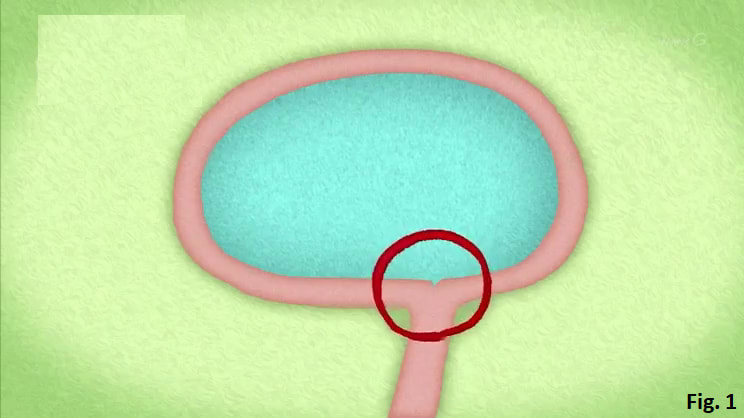
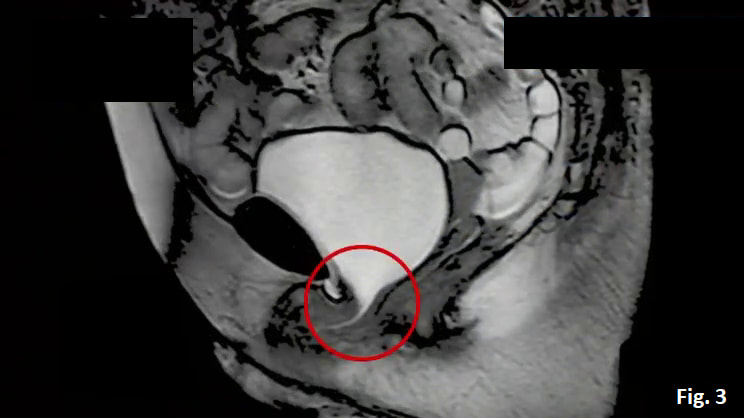
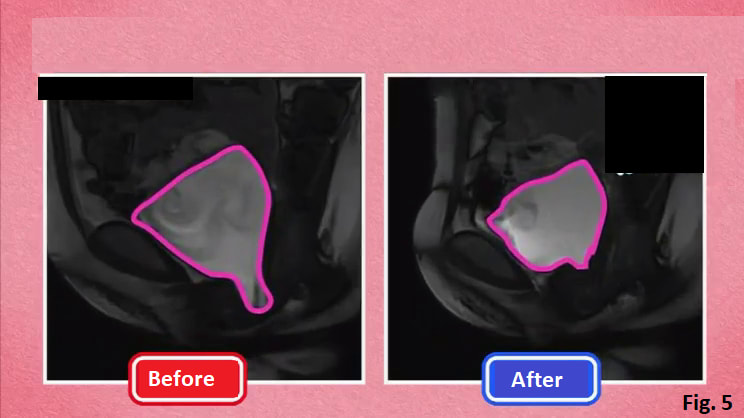
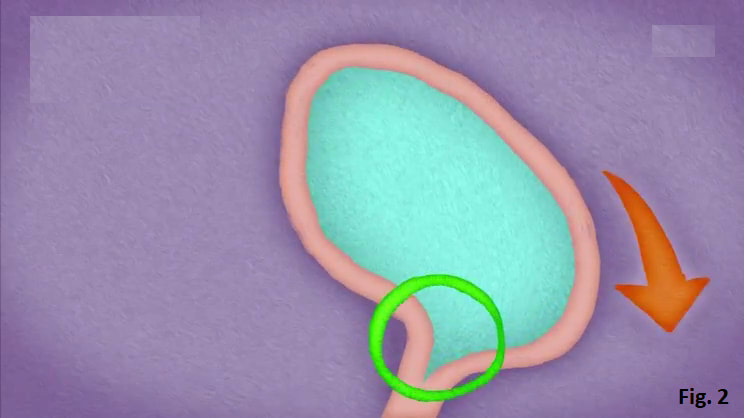
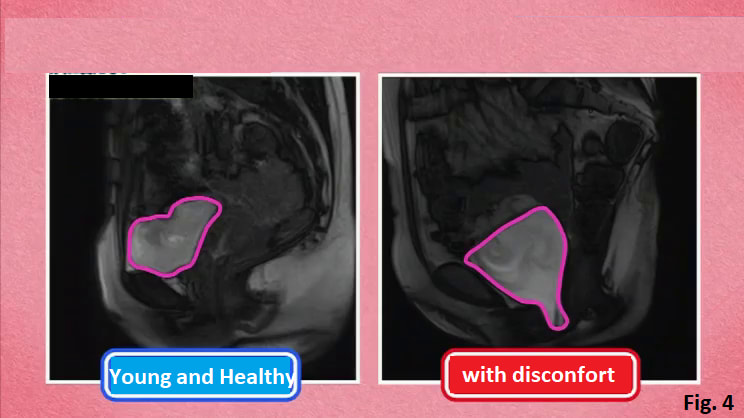
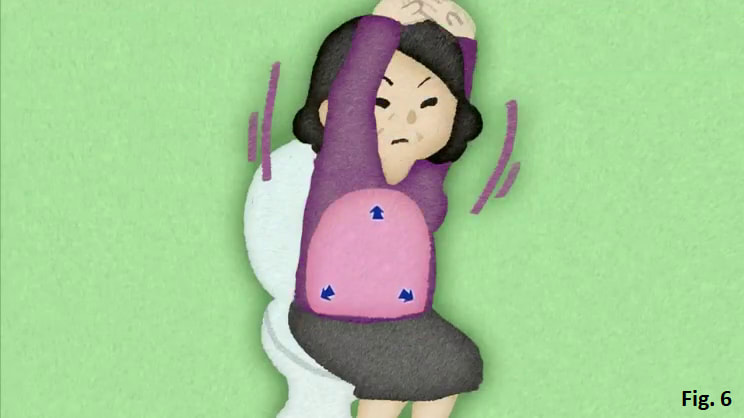
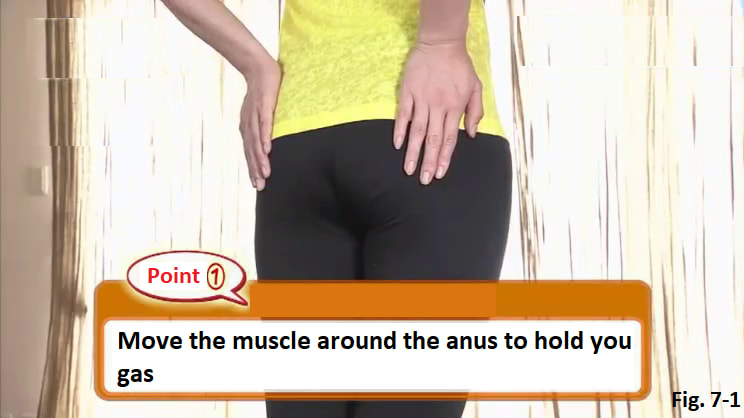
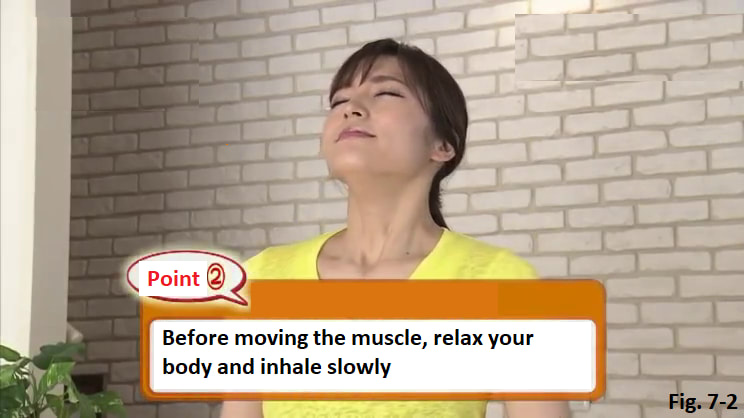
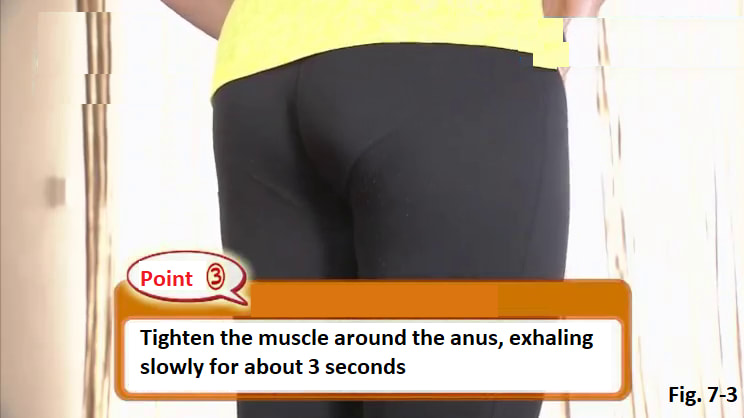
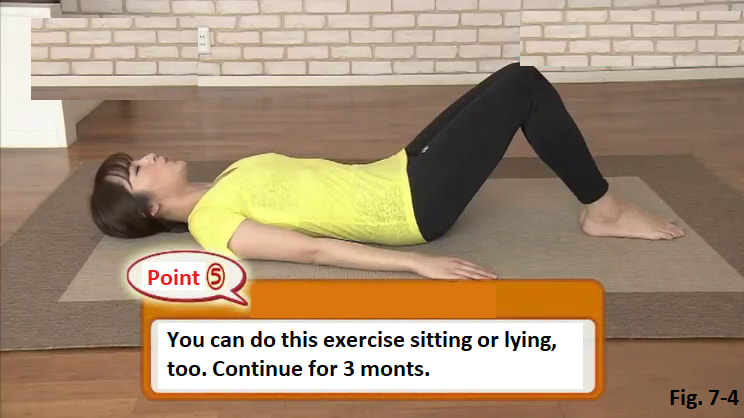
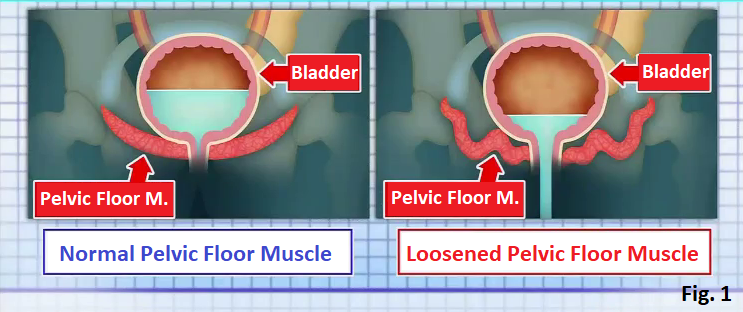


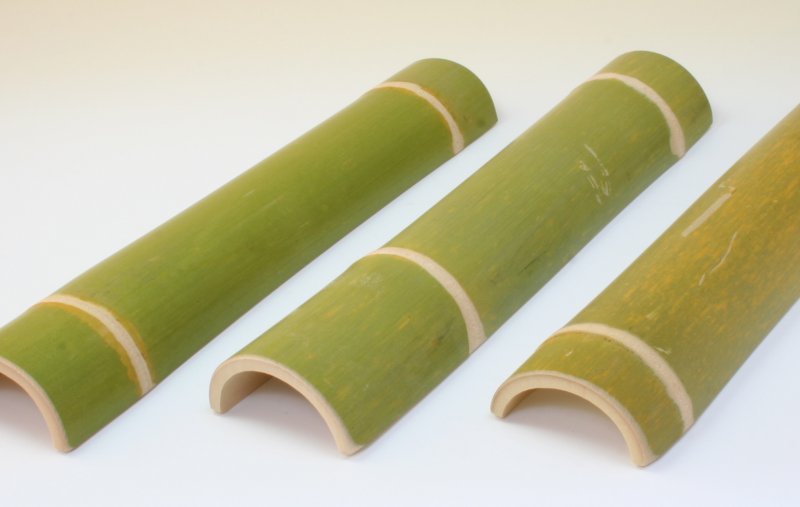
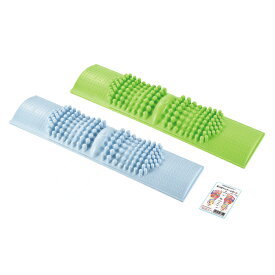
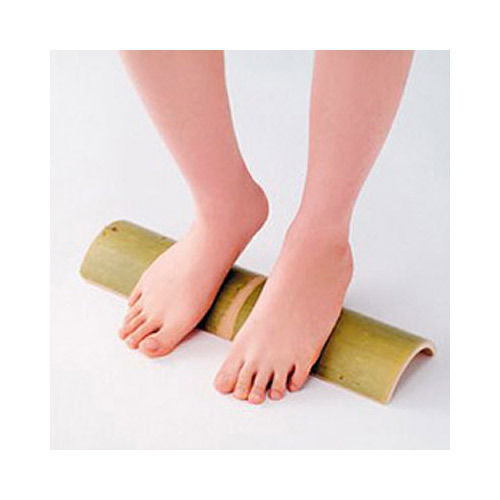
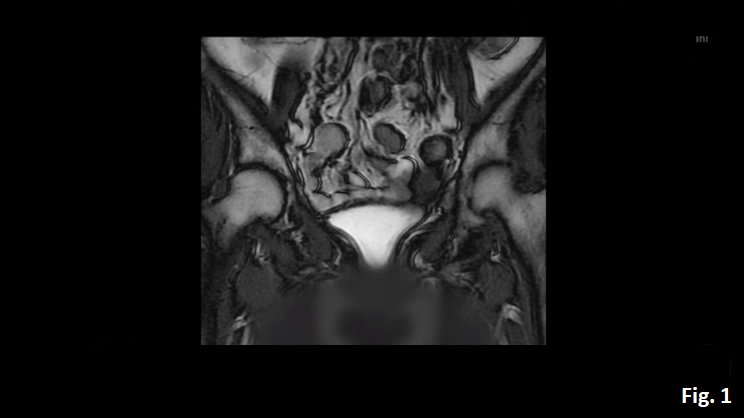
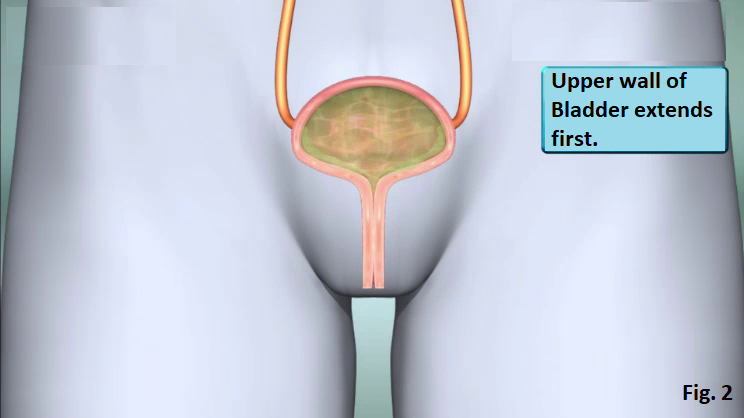
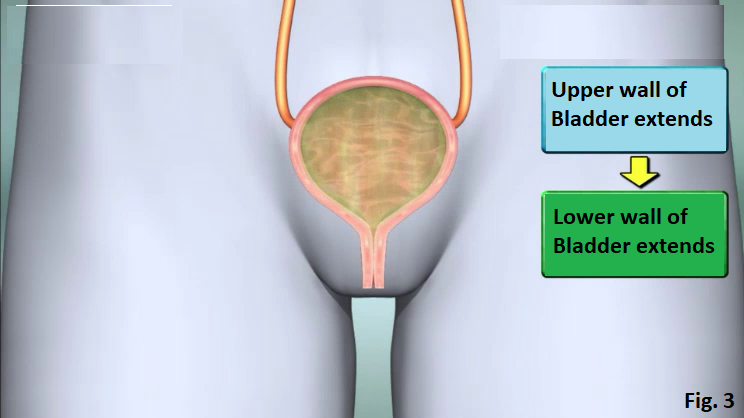
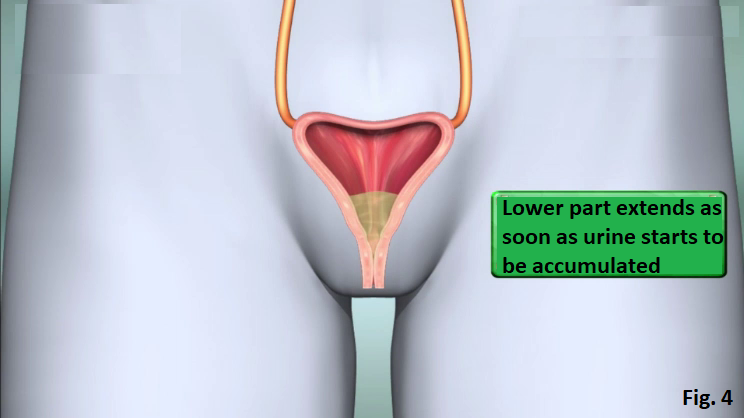
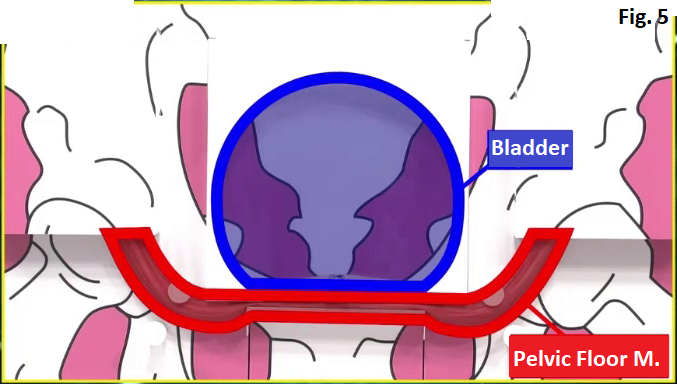
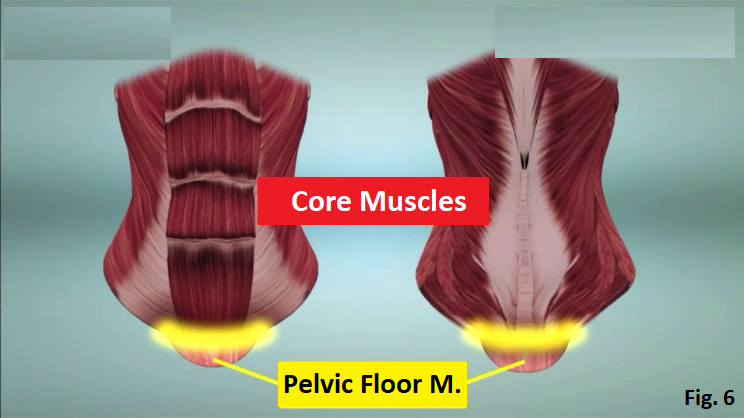

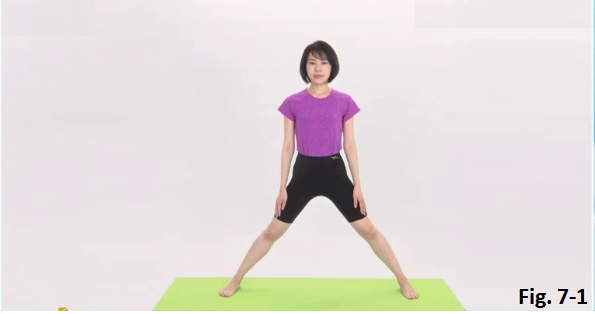
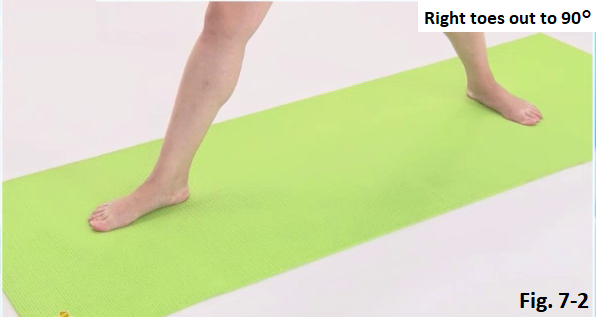
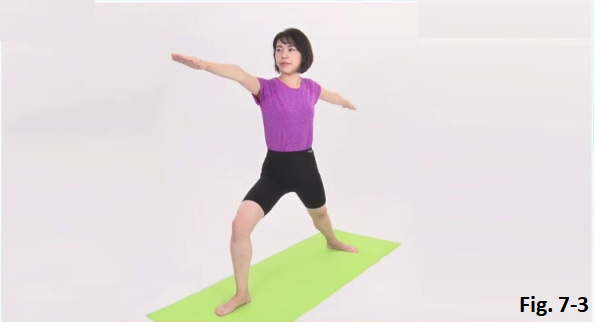
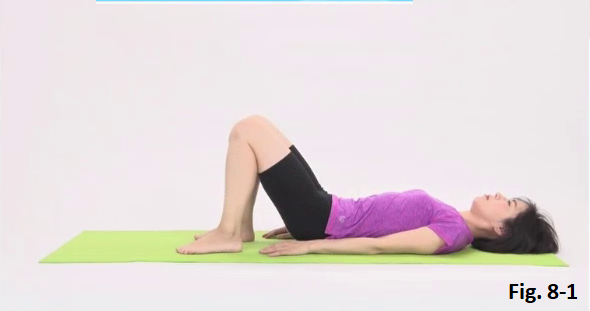
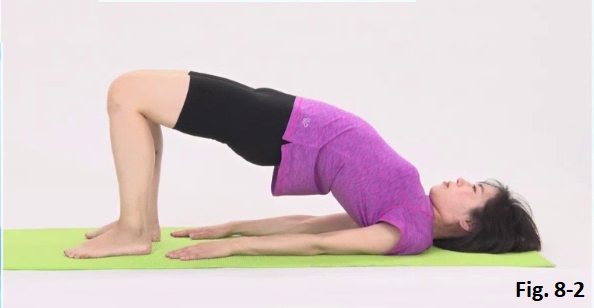
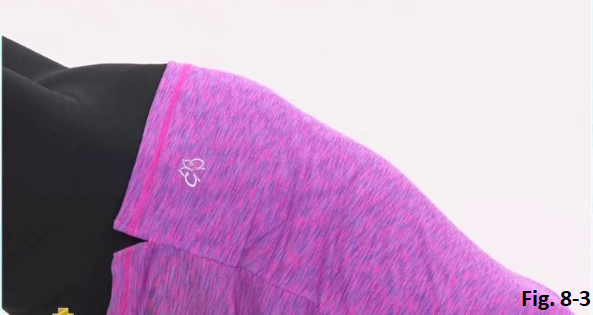
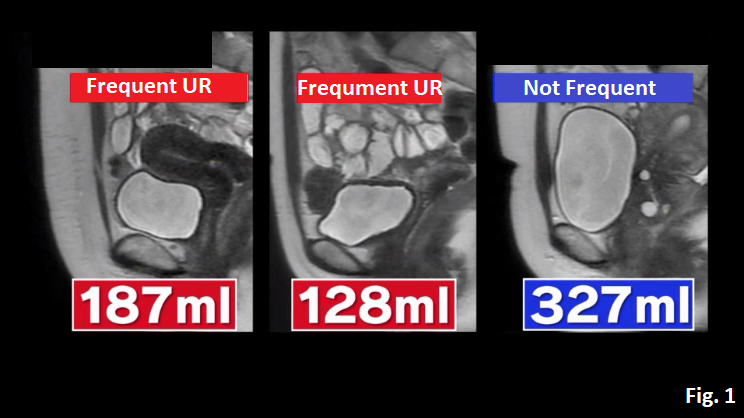
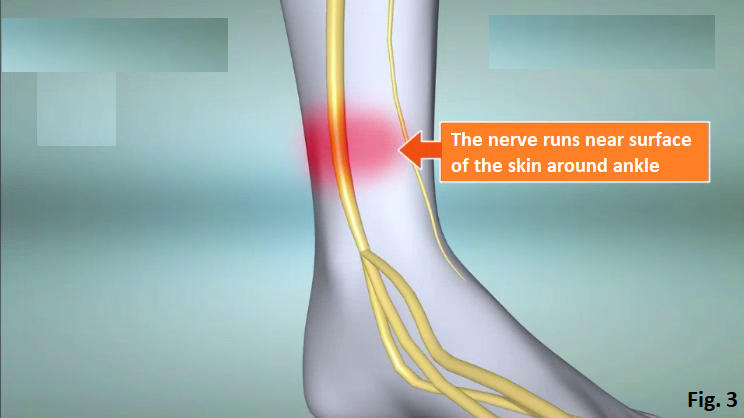
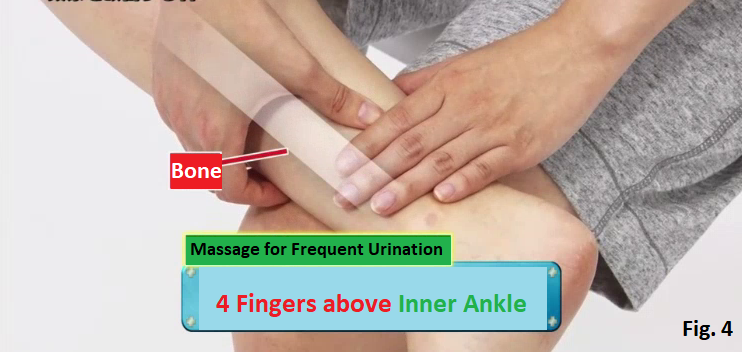
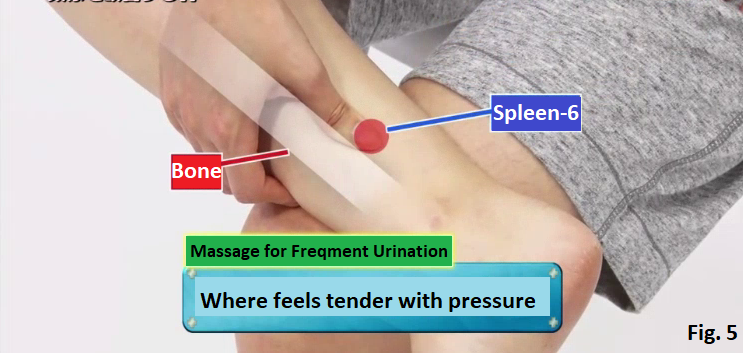
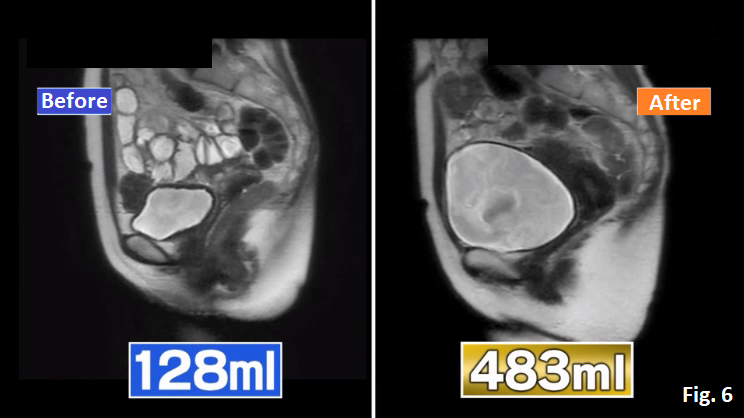
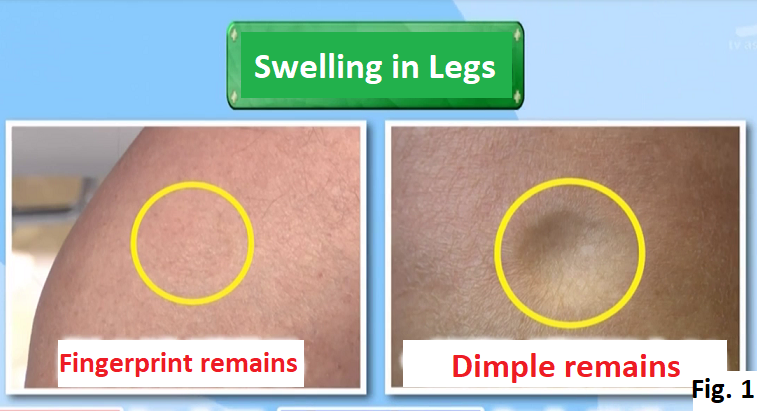
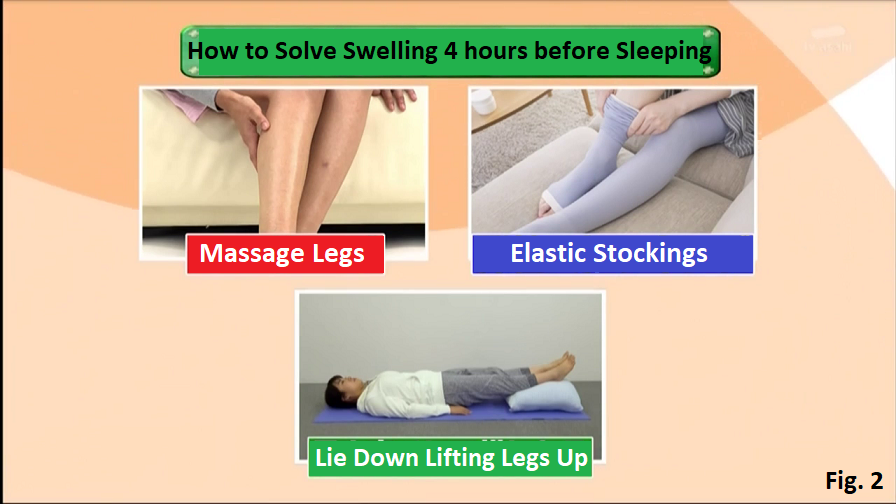
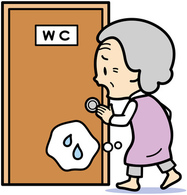
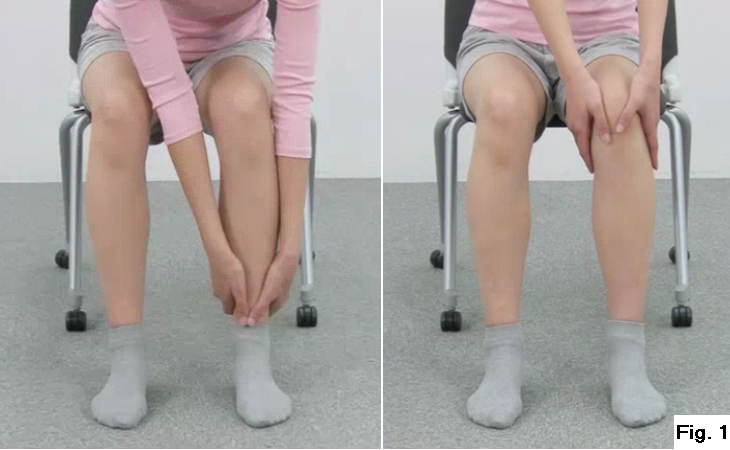
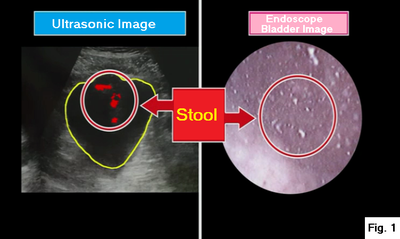
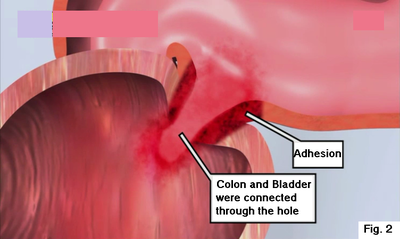
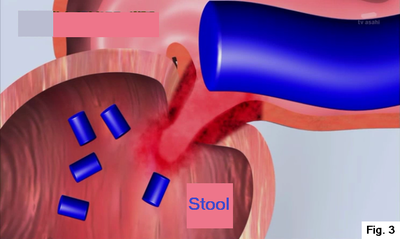
 RSS Feed
RSS Feed